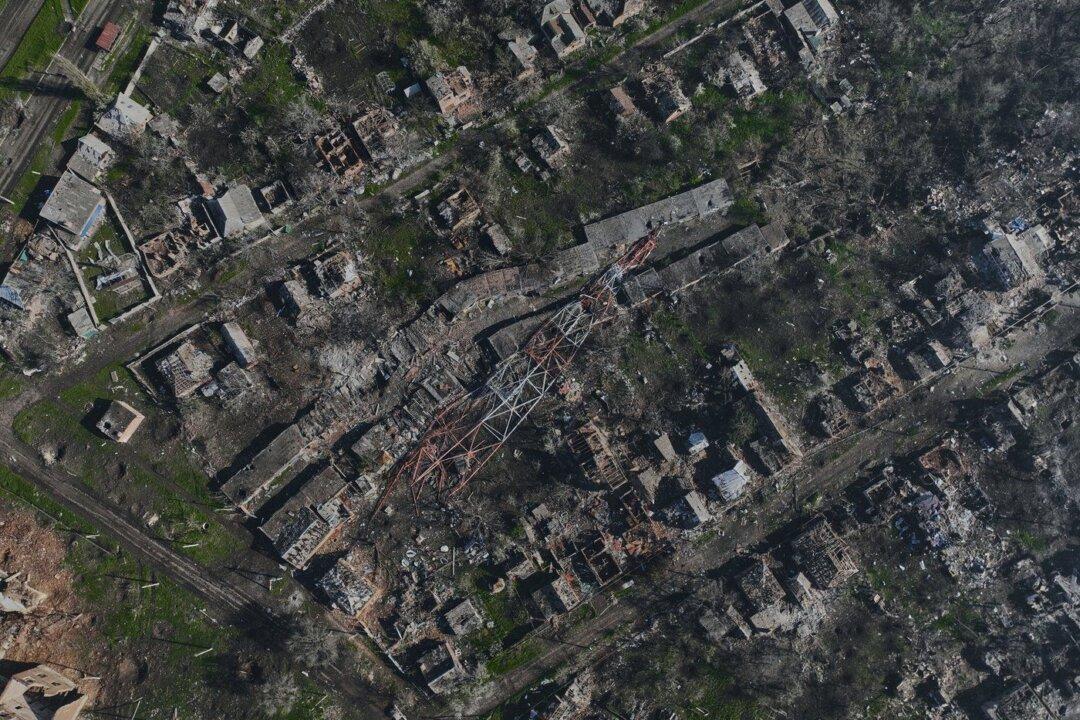Commentary
The Western press is highly excited about the prospects of a counteroffensive against Russian forces occupying Ukraine.

The Western press is highly excited about the prospects of a counteroffensive against Russian forces occupying Ukraine.